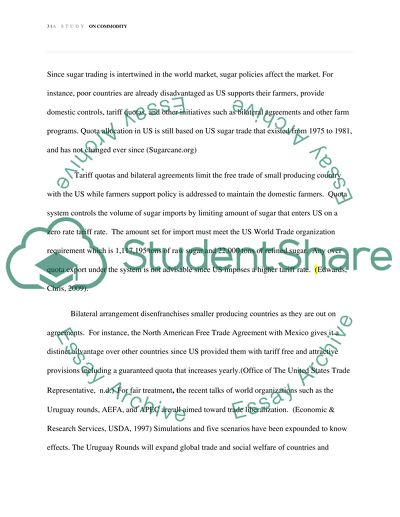Cite this document
(“Factors Affecting Trade of Sugar Assignment Example | Topics and Well Written Essays - 1000 words”, n.d.)
Factors Affecting Trade of Sugar Assignment Example | Topics and Well Written Essays - 1000 words. Retrieved from https://studentshare.org/macro-microeconomics/1488516-one-commodity-on-a-worldwide-basis-discussing
Factors Affecting Trade of Sugar Assignment Example | Topics and Well Written Essays - 1000 words. Retrieved from https://studentshare.org/macro-microeconomics/1488516-one-commodity-on-a-worldwide-basis-discussing
(Factors Affecting Trade of Sugar Assignment Example | Topics and Well Written Essays - 1000 Words)
Factors Affecting Trade of Sugar Assignment Example | Topics and Well Written Essays - 1000 Words. https://studentshare.org/macro-microeconomics/1488516-one-commodity-on-a-worldwide-basis-discussing.
Factors Affecting Trade of Sugar Assignment Example | Topics and Well Written Essays - 1000 Words. https://studentshare.org/macro-microeconomics/1488516-one-commodity-on-a-worldwide-basis-discussing.
“Factors Affecting Trade of Sugar Assignment Example | Topics and Well Written Essays - 1000 Words”, n.d. https://studentshare.org/macro-microeconomics/1488516-one-commodity-on-a-worldwide-basis-discussing.


